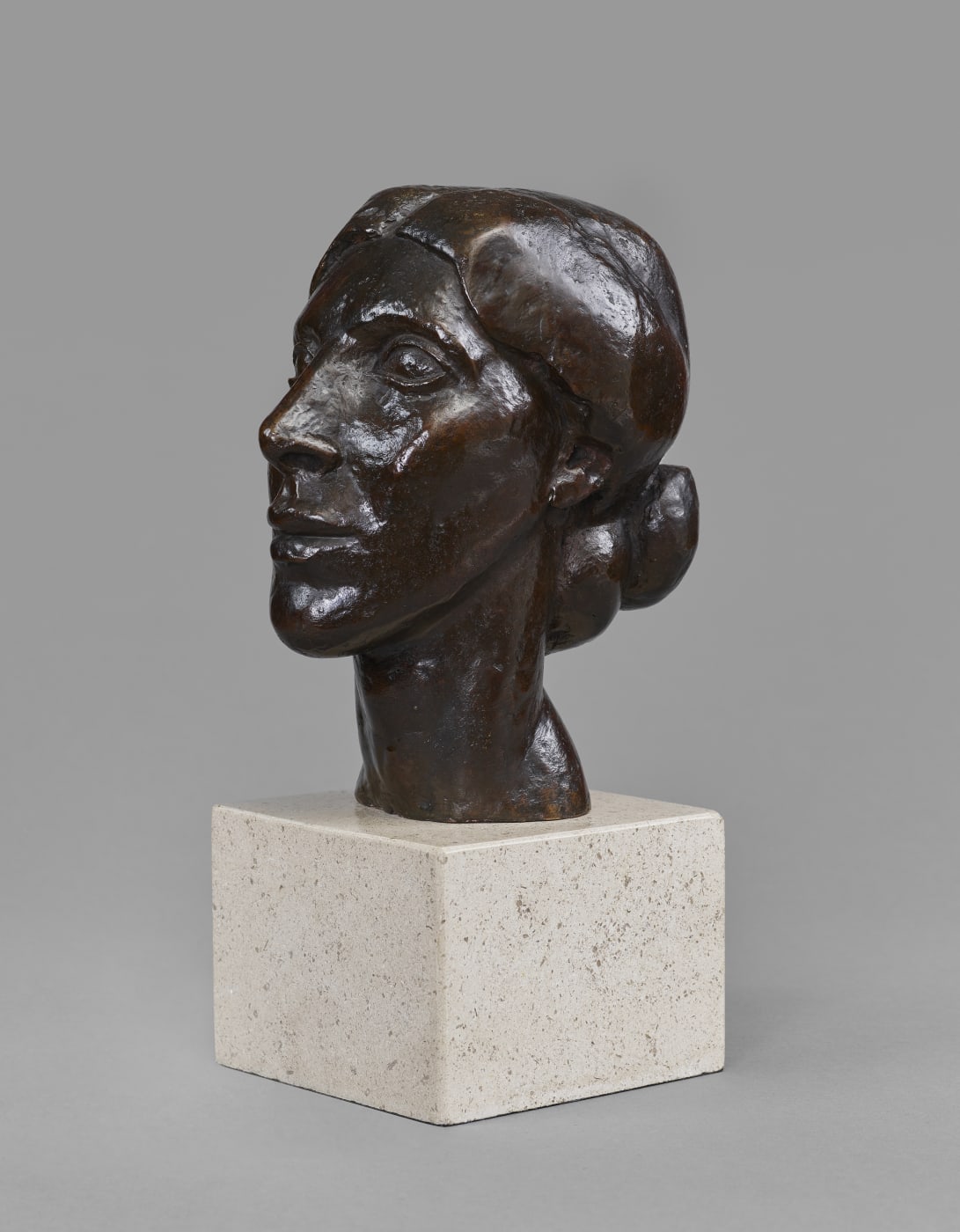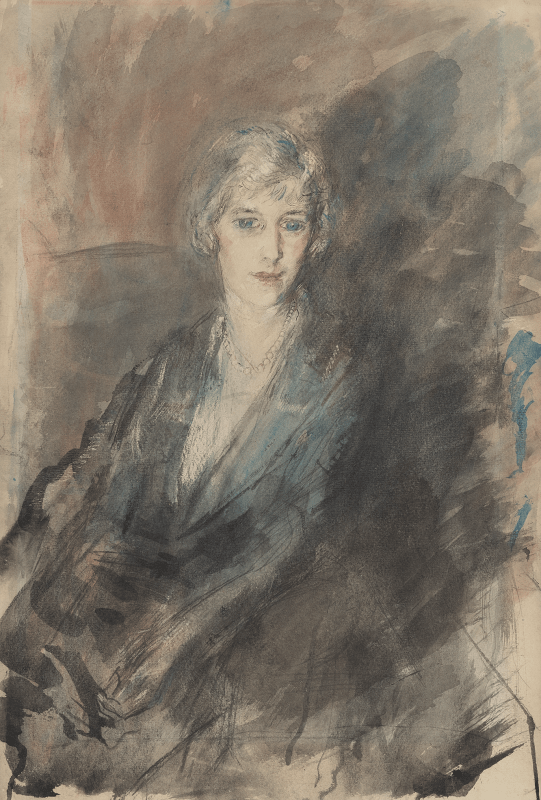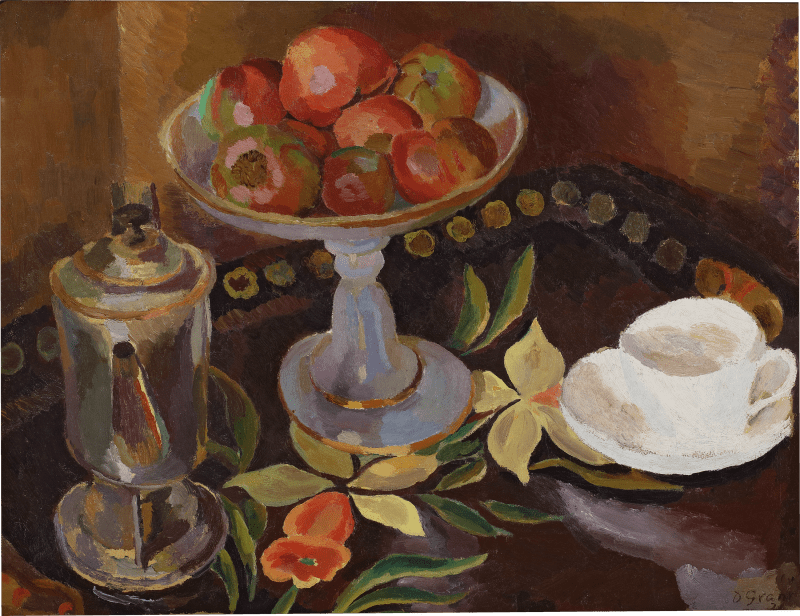Full Biography
Born in 1886, in London, Frank Dobson had come to sculpture relatively late in his artistic development. It was only after seeing the seminal 1910 exhibition, Manet and the Post-Impressionists, curated by academic and taste-maker Roger Fry (1866-1934), that Dobson realised the expressive potential of modern sculpture. He had already, by his own account, had his horizons entirely transformed by his first encounter with the Impressionists, and this new exposure to the works of artists such as Paul Gauguin (1848-1903) – with his interest in the potentialities of African and Oceanic art – was to cause a similarly radical shift in his outlook. Dobson later described the exhibition as ‘just an explosion – the demolition of all the art-forms I had come to know’ that meant that ‘anything was possible’.
Frank Dobson has been described, alongside Henri Gaudier-Breszka (1891-1915) and Jacob Epstein (1880-1959), as one of the most significant figures in the development of twentieth-century British sculpture, and among the chief forerunners of the sculpture of Henry Moore (1898-1986) and Barbara Hepworth (1903-1975).
A year after the start of the First World War, Dobson enlisted in the Artists’ Rifles, travelling to France in 1916. However, after a severe stomach ulcer was diagnosed, he was sent home in 1917 and did not return to the front line. He was commissioned by the Ministry of Information in 1918 to paint the barrage balloon apron at Canvey Island in Essex [Imperial War Museums], a series of steel cables suspended between balloons, intended to trap low-flying enemy aircraft. Although no aircraft were captured in these nets, they did force German aircraft to fly higher, making them more vulnerable to attack.
Born in 1886, in London, Frank Dobson had come to sculpture relatively late in his artistic development. It was only after seeing the seminal 1910 exhibition, Manet and the Post-Impressionists, curated by academic and taste-maker Roger Fry (1866-1934), that Dobson realised the expressive potential of modern sculpture. He had already, by his own account, had his horizons entirely transformed by his first encounter with the Impressionists, and this new exposure to the works of artists such as Paul Gauguin (1848-1903) – with his interest in the potentialities of African and Oceanic art – was to cause a similarly radical shift in his outlook. Dobson later described the exhibition as ‘just an explosion – the demolition of all the art-forms I had come to know’ that meant that ‘anything was possible’.
Frank Dobson has been described, alongside Henri Gaudier-Breszka (1891-1915) and Jacob Epstein (1880-1959), as one of the most significant figures in the development of twentieth-century British sculpture, and among the chief forerunners of the sculpture of Henry Moore (1898-1986) and Barbara Hepworth (1903-1975).
A year after the start of the First World War, Dobson enlisted in the Artists’ Rifles, travelling to France in 1916. However, after a severe stomach ulcer was diagnosed, he was sent home in 1917 and did not return to the front line. He was commissioned by the Ministry of Information in 1918 to paint the barrage balloon apron at Canvey Island in Essex [Imperial War Museums], a series of steel cables suspended between balloons, intended to trap low-flying enemy aircraft. Although no aircraft were captured in these nets, they did force German aircraft to fly higher, making them more vulnerable to attack.
Amongst Dobson’s most famous sculpted portraits are likenesses of the ballerina Lydia Lopokova, the actress Tallulah Bankhead and the writer Osbert Sitwell. He exhibited at the Mansard Gallery in 1920, the Leicester Galleries by invitation of Wyndham Lewis (1882-1957) in 1921 and again in 1927. He exhibited at the Venice Biennale in 1924. Henry Moore (1898-1986) nominated Dobson to become the head of sculpture at the Royal College of Art in 1946 after a large public retrospective of his work six years previously. He is now recognised as one the most original and important British sculptors of the twentieth century.















